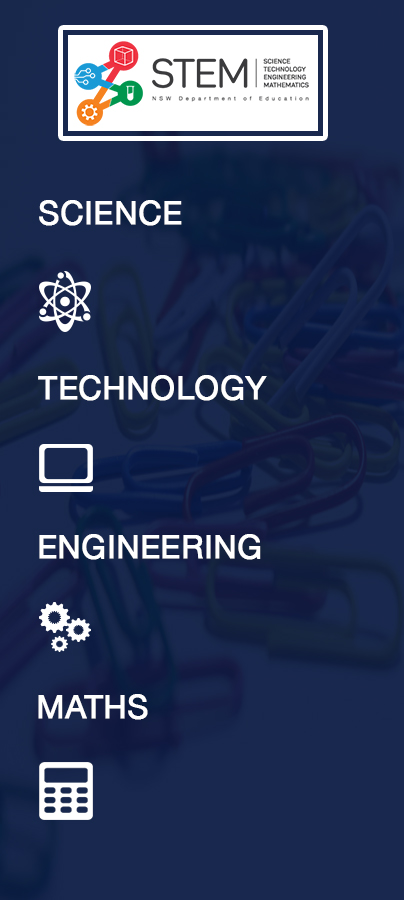
Aboriginal students developing careers in STEM
– 10 May
Young Aboriginal scientists, engineers, and mathematicians will congregate at the Adelaide Convention Centre on 28 to 29 May for the third annual Science, Technology, Engineering, and Mathematics (STEM) Aboriginal student congress.
STEM engages with more than 500 students from 140 schools from years five to 10 through a range of interactive, challenging, and culturally relevant experiences. The congress is designed to encourage more Aboriginal students to choose STEM subjects in years 11 and 12.
The theme for this year’s event is ‘living in two worlds,’ celebrating 50,000 years of history, culture, and knowledge that students can draw upon as they explore STEM.
STEM will offer more than 50 workshops, as well as the opportunity to hear from Aboriginal elders who will share their stories and experiences on what it means to be powerful Aboriginal learners.
“This congress is one of the ways we’re providing learning opportunities and future career pathways for Aboriginal students in the areas of science, technology, engineering, and mathematics,” said Steven Marshall, Primer of South Australia.
“It’s important that Aboriginal students can see themselves as prominent contributors to our workforce and the next generation of STEM experts in Australia and across the world.”
John Gardner, Education Minister, says developing a culturally inclusive curriculum was an essential focus in helping Aboriginal students to achieve their full potential.
“Schools are increasingly looking at how they can explore connections between Aboriginal culture and the curriculum,” said Gardner.
“One of our goals as part of the Aboriginal Education Strategy is to increase outcomes for Aboriginal students by supporting excellence at school and pathways to success, and this congress helps achieve that.”
Dr Chris Matthews, Chair, Aboriginal and Torres Strait Islander Mathematics Alliance, says the congress was important and effective in supporting Indigenous students’ identity.
“For the first time, Indigenous student have the opportunity to explore connections between their cultural knowledge and STEM knowledge,” said Matthews.
“The process will create leading thinkers in STEM and has the potential to create an Indigenous workforce in STEM related fields that will naturally draw on their cultural knowledge.”
